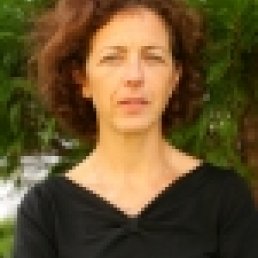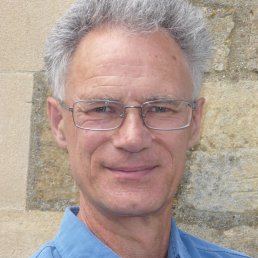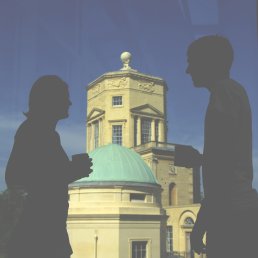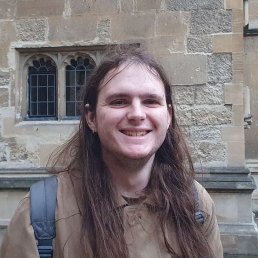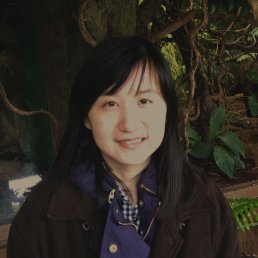Finding rational points on curves - Jennifer Balakrishnan (Mathematical Institute, Oxford)
From cryptography to the proof of Fermat's Last Theorem, elliptic curves are ubiquitous in modern number theory. Much activity is focused on developing methods to discover their rational points (those points with rational coordinates). It turns out that finding a rational point on an elliptic curve is very much like finding the proverbial needle in the haystack. In fact, there is no algorithm known to determine the group of rational points on an elliptic curve.
Hyperelliptic curves are also of broad interest; when these curves are defined over the rational numbers, they are known to have finitely many rational points. Nevertheless, the question remains: how do we find these rational points?
I'll summarize some of the interesting number theory behind these curves and briefly describe a technique for finding rational points on curves using (p-adic) numerical linear algebra.
____________________________
Analysis, prediction and control of technological progress - François Lafond (London Institute for Mathematical Sciences, Institute for New Economic Thinking at the Oxford Martin School, United Nations University - MERIT)
Technological evolution is one of the main drivers of social and economic change, with transformative effects on most aspects of human life. How do technologies evolve? How can we predict and influence technological progress? To answer these questions, we looked at the historical records of the performance of multiple technologies. We first evaluate simple predictions based on a generalised version of Moore's law, which assumes that technologies have a unit cost decreasing exponentially, but at a technology-specific rate. We then look at a more explanatory theory which posits that experience - typically in the form of learning-by-doing - is the driver of technological progress. These experience curves work relatively well in terms of forecasting, but in reality technological progress is a very complex process. To clarify the role of different causal mechanisms, we also study military production during World War II, where it can be argued that demand and other factors were exogenous. Finally, we analyse how to best allocate investment between competing technologies. A decision maker faces a trade-off between specialisation and diversification which is influenced by technology characteristics, risk aversion, demand and the planning horizon.


